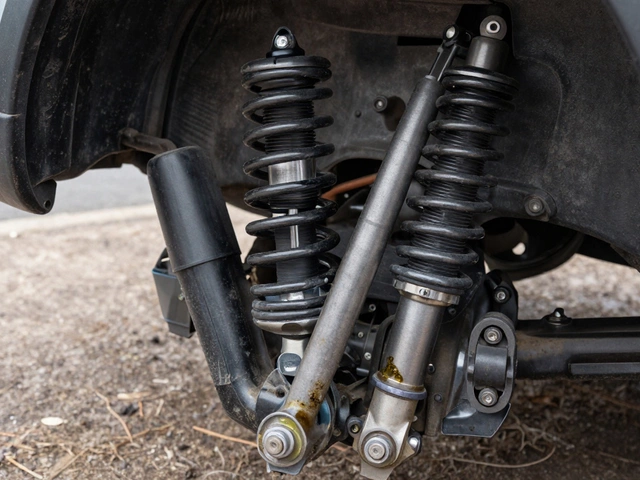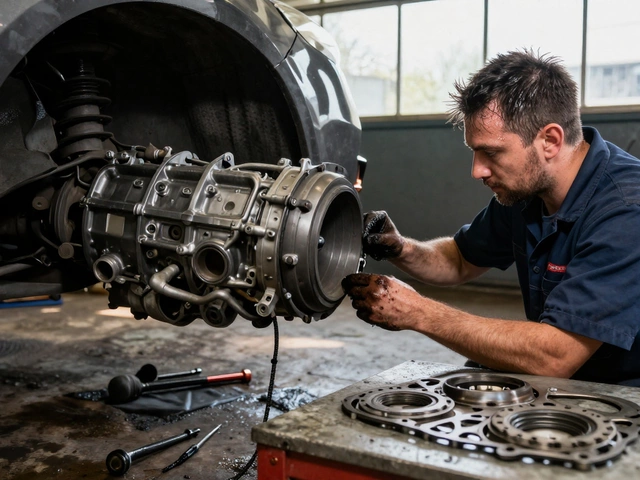Car Radiator Failure: Signs, Causes, and What to Do Next
When your car radiator, the core component that keeps your engine from overheating by circulating coolant. Also known as cooling system radiator, it’s one of the most overlooked parts in your car—until it breaks. A failed radiator doesn’t just make your car run hot; it can kill your engine in minutes. You might not notice it until steam starts rolling out from under the hood, but the warning signs start long before that.
Most radiator leaks, a common cause of coolant loss that leads to overheating begin as tiny cracks or corroded seams, often near the top or bottom tanks. These aren’t always visible until you’re low on coolant or see puddles under your car. A coolant leak, a sign of failing hoses, gaskets, or the radiator itself might look like a sweet-smelling, green or orange drip. Ignoring it means your engine runs hotter, which puts stress on the head gasket, pistons, and even the block. Overheating isn’t just inconvenient—it’s expensive. One study from the UK’s RAC found that 37% of breakdowns in summer were linked to cooling system failures, and radiators were the top culprit.
What causes radiator failure? Age is the biggest factor. Most radiators last 8–12 years, but if you’re driving in stop-and-go traffic, towing heavy loads, or using cheap coolant, you’re wearing it out faster. Rust, debris, and old coolant turning acidic eat away at the metal. Even a small dent from road debris can crack the core. And if you’ve ever topped off with water instead of proper coolant, you’ve already started the clock ticking.
You don’t need to be a mechanic to spot trouble. If your temperature gauge spikes, your heater blows cold air when it should be hot, or you hear gurgling from under the hood, your radiator is sending a signal. A sweet smell? That’s coolant burning off. White smoke from the exhaust? That could mean coolant is leaking into the combustion chamber—a sign of head gasket failure, often triggered by repeated overheating.
Fixing a radiator isn’t always a full replacement. Sometimes a pressure test and a new hose or seal will do. But if the core is corroded or cracked, you’re better off replacing it. A cheap aftermarket radiator might save you cash now, but it could fail again in a year. The best ones are made with aluminum cores and plastic tanks—lighter, more efficient, and built to last.
This collection of posts gives you the real talk: how to tell if your radiator is failing before it leaves you stranded, what causes coolant leaks, why overheating happens, and how much a replacement actually costs in the UK. You’ll find step-by-step checks you can do at home, common mistakes drivers make, and when to walk away from a DIY job. No fluff. Just what you need to know to protect your engine—and your wallet.





